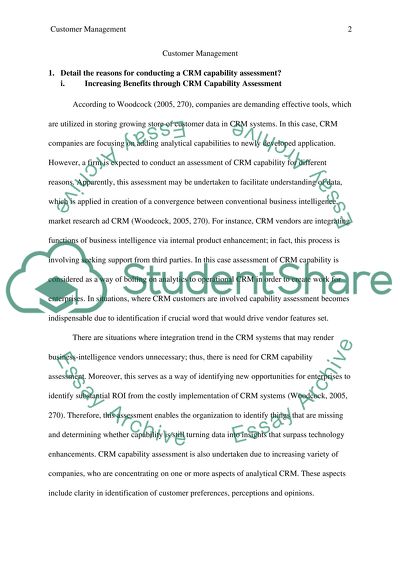Cite this document
(“Customer Management Essay Example | Topics and Well Written Essays - 2000 words”, n.d.)
Customer Management Essay Example | Topics and Well Written Essays - 2000 words. Retrieved from https://studentshare.org/marketing/1483471-customer-management
Customer Management Essay Example | Topics and Well Written Essays - 2000 words. Retrieved from https://studentshare.org/marketing/1483471-customer-management
(Customer Management Essay Example | Topics and Well Written Essays - 2000 Words)
Customer Management Essay Example | Topics and Well Written Essays - 2000 Words. https://studentshare.org/marketing/1483471-customer-management.
Customer Management Essay Example | Topics and Well Written Essays - 2000 Words. https://studentshare.org/marketing/1483471-customer-management.
“Customer Management Essay Example | Topics and Well Written Essays - 2000 Words”, n.d. https://studentshare.org/marketing/1483471-customer-management.


